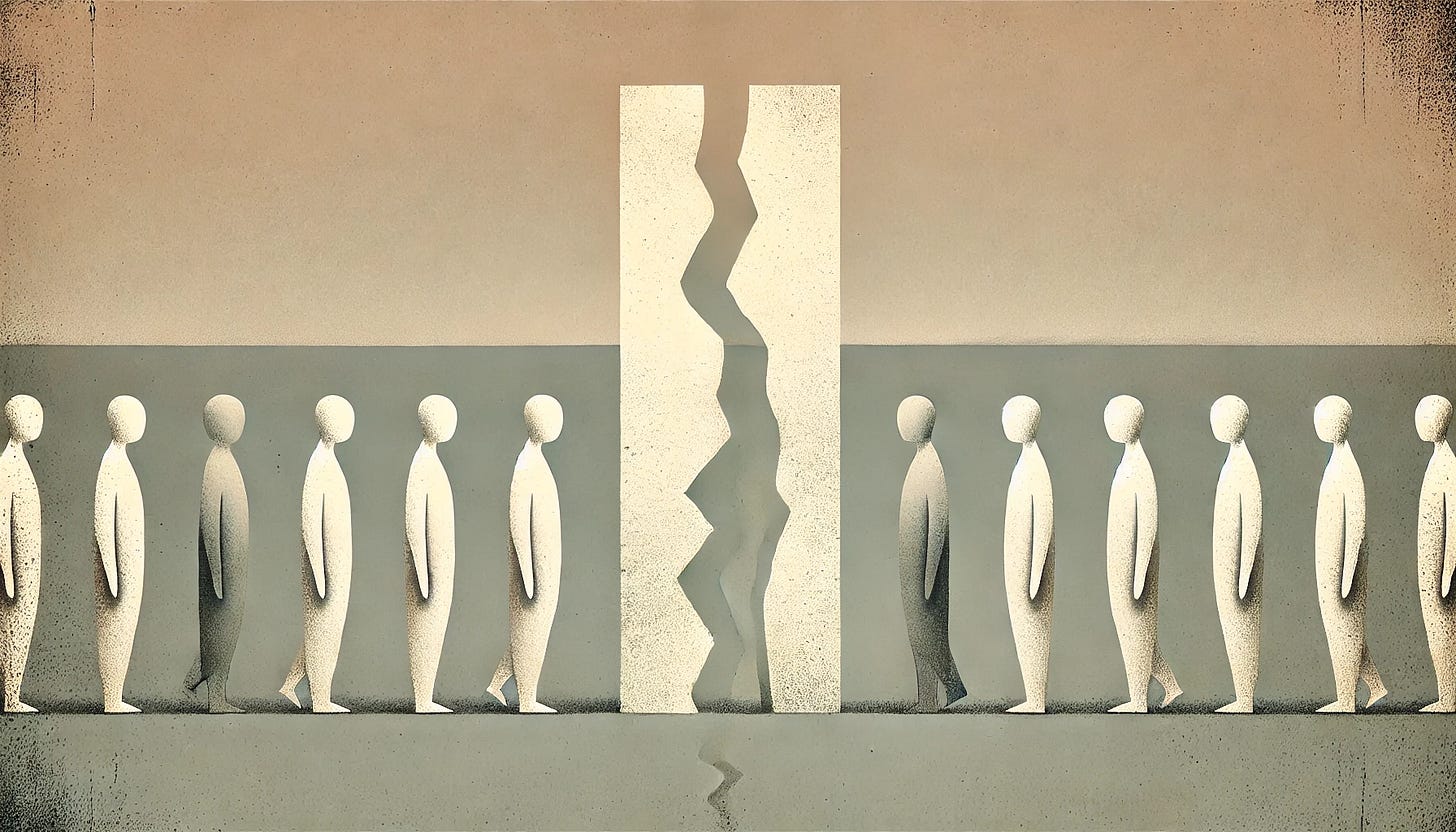Top-Down Culture Wars: Why They Fail
The Perpetual Culture War: Why Legislating Values Rarely Works
Gather ’round, friends, because it’s time for another dive into the messy intersection of culture and politics—the place where lawmakers try to reshape our minds and hearts through the mighty power of legislation. There’s this recurring tendency among politicians to believe they can wave a bill around, declare a brand-new set of social norms, and watch their ideological visions blossom. But in reality, forcing cultural change from the top tends to fuel polarization and often leaves everyone more ticked off than they were before. Let’s break down why this phenomenon persists and why the results almost never match the lofty intentions.
1. The Illusion of Control
Politicians love to believe they can influence culture the same way they set tax rates or manage zoning laws. They see a behavior they don’t like (or want to encourage) and try to mandate a fix. This might mean outlawing specific content in education, imposing moral rules on certain social interactions, or throwing a bunch of new regulations at the free market in hopes of “making society better.”
Trouble is, culture is complicated stuff. Humans don’t just pivot on command. Our values and norms evolve over time—through conversation, technology, community, and shared experiences—much too messy for the legislative sledgehammer. Whenever politicians try to artificially speed up (or reverse) these cultural shifts, all they tend to do is annoy people who feel forced or restricted. Before long, everyone is in a standoff.
2. Polarization: The Unintended Side Effect
You’d think that everyone having strong opinions would mean honest debate and robust solutions. But more often, sweeping legislation to “defend traditional values” or “advance progressive ideals” fuels the sort of tribal feuds that fragment society. It makes sense: Once you try to legally mandate certain behaviors or moral viewpoints, people who oppose those viewpoints feel attacked. Suddenly, an argument about, say, local school policy becomes an existential crisis about identity and freedom.
The result is usually a deeper divide, with each side demonizing the other. The nuance that might exist in day-to-day culture—where many people hold mixed or evolving opinions—goes out the window. When legislation takes a hardline stance, it can crystalize opposition just as quickly as it might rally supporters.
3. A Short Shelf Life
Another part of this dance is that governments change hands. One party’s carefully crafted cultural directives can be demolished (or at least massively revised) the minute the other party wins enough seats. That means any legal attempts to cement a particular moral or ideological shift may only last until the next election cycle. The “permanent transformation of society” that a politician promises ends up more like a wobbly seesaw—tilt one way, then tilt the other, and no one’s sure how they’re supposed to feel.
Meanwhile, folks living their daily lives get whiplash from these constant cultural pivots coming from the top. People adapt, sure, but it’s more often out of frustration than genuine belief. A law might change overnight, but real cultural acceptance or rejection can take years—or even generations.
4. The Real Engines of Cultural Change
So if legislation often fails to create the desired social norms, what actually does the trick? Time, conversation, shared experiences, economic shifts, and that intangible evolution of public attitude. Ultimately, culture is shaped by cultural influencers—artists, entrepreneurs, activists, communities, religious institutions, educators, and, yes, occasionally a charismatic public figure with viral soundbites. But even the most charismatic politician can’t force acceptance or quell resistance with a simple bill.
We see meaningful progress when people engage with each other in real life—when they talk across their differences, share new ideas, and decide together what kind of society they want. It’s messy, organic, and way more complicated than a three-page piece of legislation. But it tends to stick better, precisely because it’s not imposed by brute force from a legislative body.
5. Where Do We Go From Here?
It might be tempting to say, “Scrap all cultural legislation!” But there will always be laws shaped by moral values—societies do need some guardrails. The key is acknowledging that those laws can’t alone produce widespread ideological transformation. If politicians focus more on protecting people’s rights, ensuring fairness, and promoting constructive dialogue, rather than enforcing cultural norms, they might see less backlash and polarization in the long run.
The truth is, we can’t legislate our way to a perfect society. Culture is built at the dinner table, in classrooms, on social media feeds, in neighborhoods, and—especially—in people’s minds. Trying to hack that through heavy-handed laws just sets the stage for endless battles, with both sides constantly ramping up the tension. The real, lasting change happens when communities find common ground or at least mutual respect.
In the end, politicians often use legislation as a megaphone to broadcast their cultural views, hoping the echo will reshape society. But more often than not, all they create is noise. The big, sweeping social changes we see in history generally come from a combination of grassroots action, shifting economic realities, cultural institutions, and evolving public sentiment—not top-down mandates. So next time you see a politician promising to mold society into their ideal image through a shiny new bill, take it with a grain of salt. Real culture rarely gets scripted by committee. It’s made by everyone, day by day, choice by choice.


